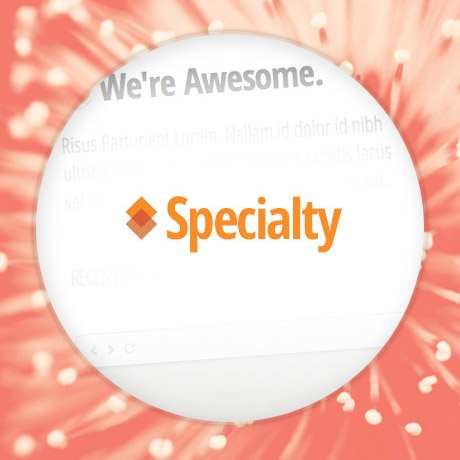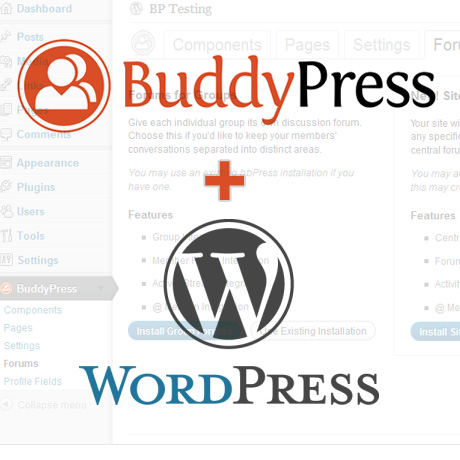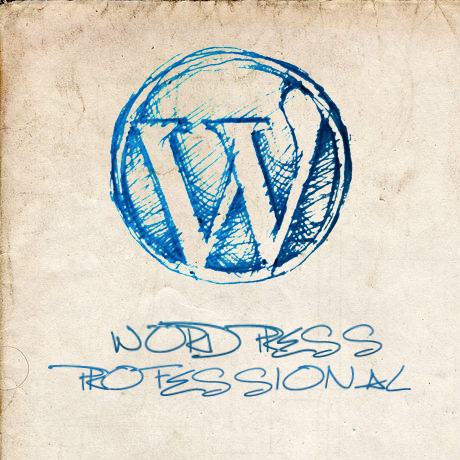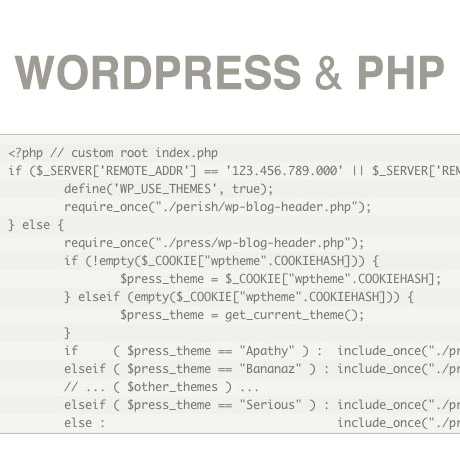Specialty: Clean Business WordPress Theme

The main purpose of a business theme is to create awareness, generate interest, and convert casual visitors to engaged followers/clients/customers. For a business theme to be effective, it has to have the following elements:
- Great SEO capabilities.
- Great design recall.
- Readable, well organized text and multimedia content.
- Effective interactive feedback system.
WP Business Bundle just released Specialty, a responsive premium WordPress theme designed to present your business or your company in a clear and concise manner. Overall, the theme is clean, modern and generous with whitespace. It has a great, sizeable slider that can really grab attention of casual visitors. Visitors are given control over slider transitions which gives each slide the appropriate airtime based on visitor preference.
Content is definitely readable on this theme. Font size and spacing between text boxes are great, giving visitors an uncluttered, relaxed reading experience. Images are displayed in a clean, well organized portfolio grid style which can also be sorted according to category. There’s also the option to use a jQuery masonry layout for those who want that Pinterest look. Thumbnails are slightly bigger that typical portfolio pages giving visitors a better overview of the work. Pages containing detailed narratives include large images of the work. This theme can also handle video and it includes a large section where you can showcase a special video or image right on the homepage.
Specialty does have a responsive design giving visitors the chance to appreciate the site’s content on smartphones and tablets. Specialty includes a basic contact form, custom post types, an easy to use custom panel, and just the right amount of widgets and features to get your site up and running without much fuss.
More Features:
- Import/Export Functionality for Theme Options
- Seven Pre-Defined Color Schemes
- Breadcrumb Navigation
- Adjustable Footer Widget Area (1-4 Columns)
- Custom Post Types: Slider | Portfolio |Testimonial
- Engaging Portfolio Layout with jQuery Masonry
- HTML5 Markup | CSS3 Effects
Specialty Premium WordPress Theme is part of a bundle of themes and business-tailored plugins at WP Business Bundle available starting from $79. This theme includes documentation, future updates. For an additional $9 per month, you also get the PSD files, XML files, and access to the theme’s support forum.
Join WP Business Bundle Now







